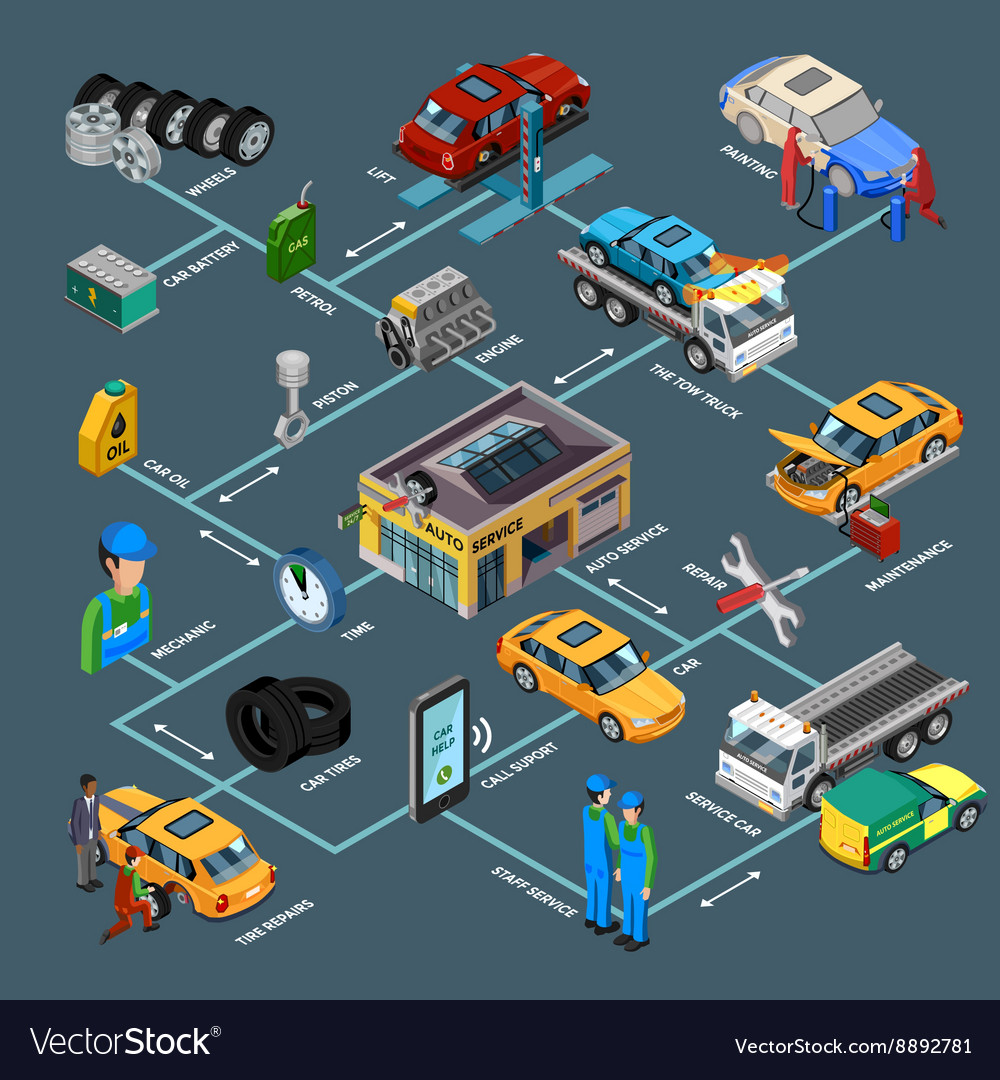A Beginner'S Manual For Interpreting Your Auto'S Alert Lights
A Beginner'S Manual For Interpreting Your Auto'S Alert Lights
Blog Article
Web Content By-Udsen Eriksson
When you lag the wheel, those little warning lights on your auto's control panel can be rather complicated. What do they mean, and should you be concerned? Recognizing these signals is critical for your car's well-being, but it does not have to be a difficult task. By translating the secret behind each light, you'll be equipped to handle prospective issues effectively and keep your vehicle running smoothly. So, next time a warning light flashes, don't panic - arm on your own with understanding and take control of the circumstance.
Significance of Auto Warning Lights
Comprehending the value of your cars and truck's warning lights is vital for preserving your car's health and wellness. rip repair act as your cars and truck's interaction system, signaling you to possible issues that might jeopardize your safety on the road or lead to costly repair services if disregarded. By taking notice of these cautions, you can deal with issues early and stop more damage to your lorry.
Neglecting warning lights can cause severe effects, such as engine failure, brake malfunctions, or even crashes. These lights are created to inform you of concerns varying from low tire pressure to engine breakdowns, offering you the chance to act before the circumstance gets worse. Frequently examining and recognizing these warnings can save you time, money, and guarantee your safety while driving.
In addition to maintaining you risk-free, reacting without delay to alerting lights can additionally aid extend the life-span of your automobile. By attending to problems early on, you can avoid tiny issues from escalating right into significant repair services, ultimately saving you money and time over time. Remember, your car's warning lights are there for a factor - do not disregard them!
Common Caution Lights and Meanings
When it concerns driving your vehicle, recognizing common caution lights and their significances is vital for your safety and vehicle upkeep. Here are a couple of typical warning lights you may encounter:
1. ** Check Engine Light **: This light indicates a problem with your engine. Maybe something minor like a loose gas cap or something much more significant like engine misfiring.
2. ** Battery Light **: This light signals a trouble with your auto's billing system. It could indicate a malfunctioning battery, generator, or various other associated parts.
3. ** Oil Stress Light **: When this light comes on, it indicates your engine may be running low on oil or experiencing reduced oil stress, which can lead to engine damage if not addressed immediately.
4. ** Brake System Light **: This light shows a concern with your stopping system. It could imply low brake fluid degrees or a trouble with the brake system that calls for prompt interest.
Recognizing these usual caution lights will aid you identify prospective issues early and avoid more considerable issues later on.
Just how to React To Warning Lighting
In case a caution light brightens on your automobile's control panel, it's critical to respond quickly and properly. When a warning light comes on, the very first step is to consult your proprietor's handbook to understand the specific issue suggested by the light.
Some lights call for prompt interest, while others may show a much less immediate issue. If auto repair store is red or blinking, it's commonly an indicator of a major problem that needs prompt action. In such situations, it's advisable to pull over securely, shut off the engine, and seek expert help.
For yellow or orange warning lights, while they might not call for prompt focus, it's still important to deal with the hidden problem quickly to avoid additional damages. Normal upkeep and assessment can help stop warning lights from beginning unexpectedly.
mobile auto repair
To conclude, comprehending your auto's caution lights is important for maintaining your lorry's health and safety. By consistently inspecting and responding to these warnings, you can deal with potential concerns early and prevent costly repairs or security threats. Remember to consult your owner's handbook for details on different caution lights and constantly take immediate action for red or flashing lights. Keep car brake repair and keep your car running smoothly!
